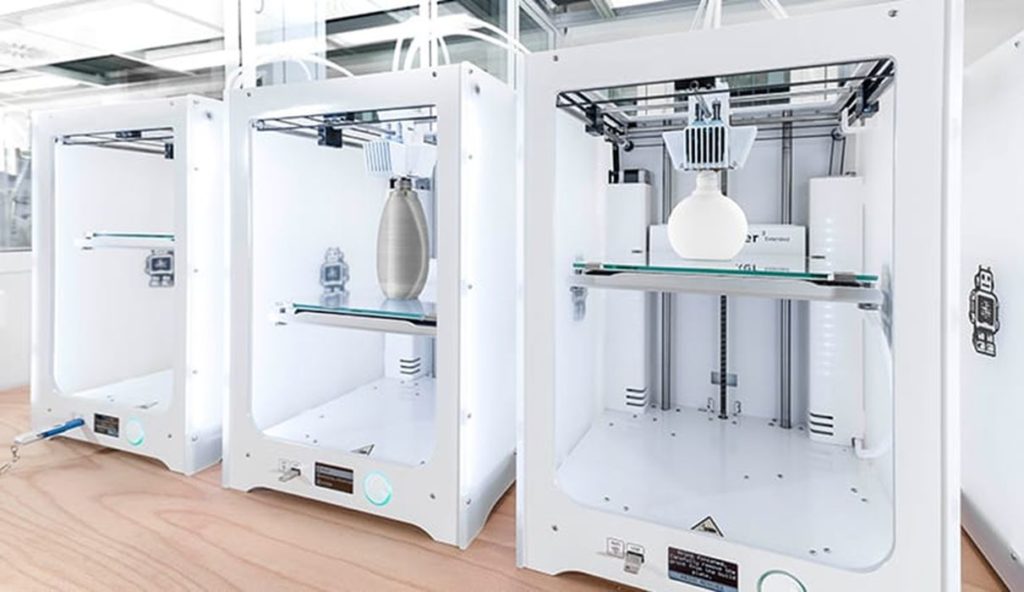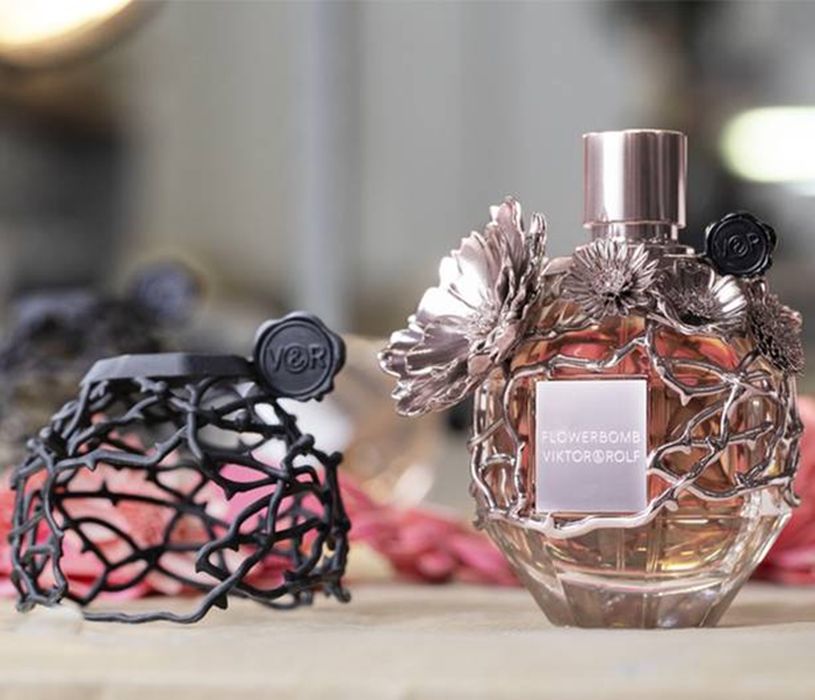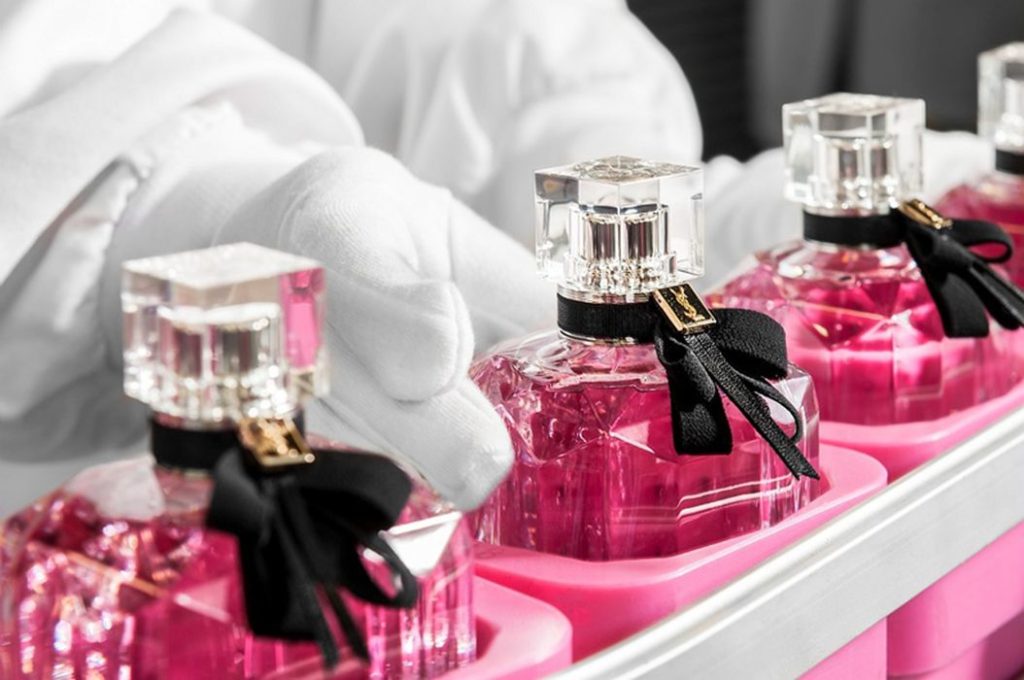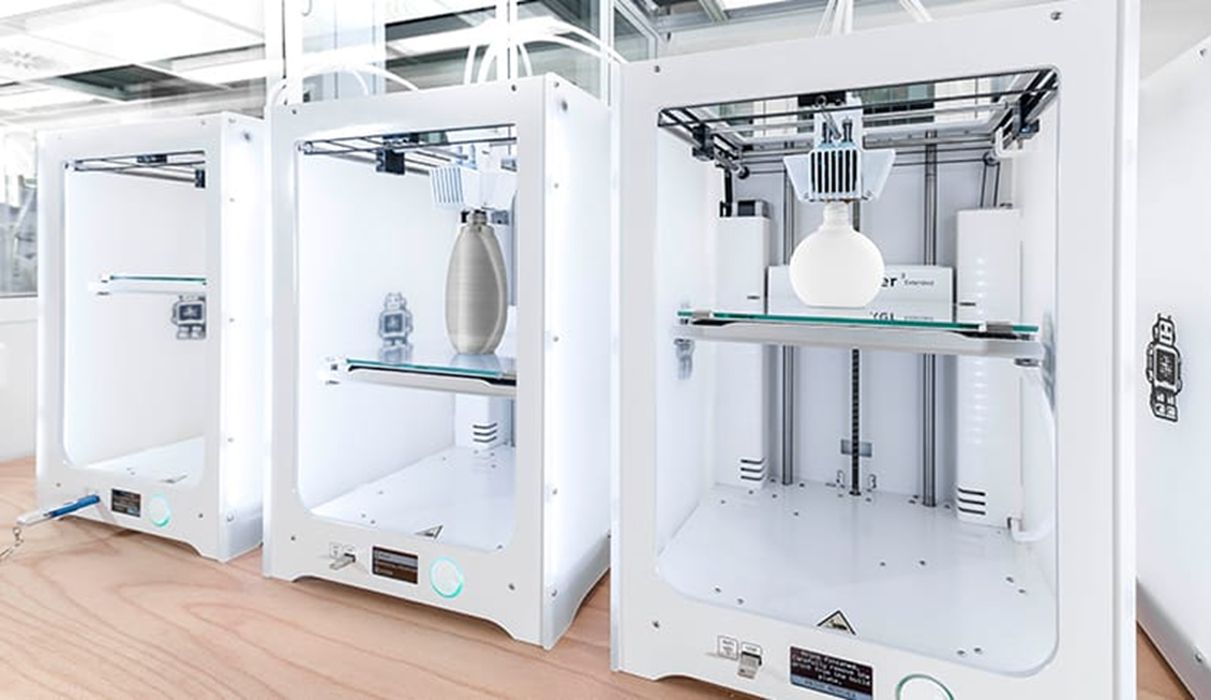
Charles Goulding and Andressa Bonafe examine the incredible and growing use of 3D printing at beauty giant L’Oréal.
With 36 brands and 88 thousand employees in 150 countries, L’Oréal is the largest cosmetics group worldwide. Founded in 1909, it has built a history of innovation and leadership in the beauty sector, pushing the boundaries of science and technology. The Group has 21 Research & Innovation centers around the globe, where over four thousand people work towards discoveries, inventions, and development of new means to respond to the ever-changing needs and aspirations of consumers.
With 500 patents filled in 2020 alone, L’Oréal’s longstanding commitment to innovation is seen not only in product development but also in the adoption of new technology to improve production processes. The Group’s widespread use of additive manufacturing is a great example of innovation to increase efficiency, foster sustainability, and ultimately ensure competitiveness.
In its 2017 Annual Report, L’Oréal stated that 100% of new packaging involved 3D printing and that 14 thousand prototypes had been produced with additive manufacturing in that year alone. Later in 2020, Cristina Monnoyeur, Operations Digital Transformation Director, pointed out that the use of 3D printing to prototype packaging in-house had reduced the time from design to prototype from several days to about 12 hours. At that point, 100% of L’Oréal’s design centers were equipped with 3D printers, as were 23 of their 40 factories.
Going beyond prototypes, L’Oréal has used additive manufacturing for packaging production as well. Adorned with elaborate curves and a bouquet of flowers, the Haute Couture edition of Flowerbomb by Viktor&Rolf is an example of how 3D printing and craftsmanship can be combined to create unique designs. The printed components are polished and assembled by hand and the resulting structure is immersed in a bath of rose gold, creating a jewel case.

L’Oréal’s experience has further demonstrated that, when applied to the production of parts and tools, 3D printing greatly increases the efficiency of manufacturing processes and enables an easier adaptation of production lines to new trends and changing demand.
Aiming to advance industrial applications, the Group partnered with specialty polymer maker Solvay and 3D printer manufacturer Ultimaker to sponsor the third edition of Solvay AM Cup in 2021. The international additive manufacturing competition called on engineers, students, and makers from around the globe to design a 3D printed real-world industrial application that highlights the potential of additive manufacturing to revolutionize production line agility.
Specifically, the competitors had to design “pucks”, supports that hold perfume bottles and allow them to move efficiently, quickly, and quietly around filling lines. L’Oréal had traditionally used bottle-specific parts, having to remove and replace them when changing products. The winning team, from the University of Lyon in France, used 3D printing to develop a universal part, with shape-adaptive components that automatically adjust to different bottles. Printed as a single piece with intricate, retractable blades the innovative design is only manufacturable with 3D printing.

L’Oréal is currently working in partnership with HP to increase production flexibility, scale industrial additive manufacturing, and explore innovative cosmetics packaging and applications. Among many other accomplishments, the collaboration resulted in a quick implementation of 3D printed adjustable pucks, which resulted in a 33 percent cost reduction and 66 percent time savings.
The Research and Development Tax Credit
The now permanent Research and Development (R&D) Tax Credit is available for companies developing new or improved products, processes and/or software.
3D printing can help boost a company’s R&D Tax Credits. Wages for technical employees creating, testing, and revising 3D printed prototypes can be included as a percentage of eligible time spent for the R&D Tax Credit. Similarly, when used as a method of improving a process, time spent integrating 3D printing hardware and software counts as an eligible activity. Lastly, when used for modeling and preproduction, the costs of filaments consumed during the development process may also be recovered.
Whether it is used for creating and testing prototypes or for final production, 3D printing is a great indicator that R&D Credit eligible activities are taking place. Companies implementing this technology at any point should consider taking advantage of R&D Tax Credits.
Conclusion
From jewel packaging to shape-adaptive components, L’Oréal’s successful implementation of 3D printing has helped preserve the Group’s role as a leader in an extremely competitive and ever-changing industry. R&D tax credits are available to support innovative companies that, like L’Oréal, are using additive manufacturing to tap into the future of beauty.

